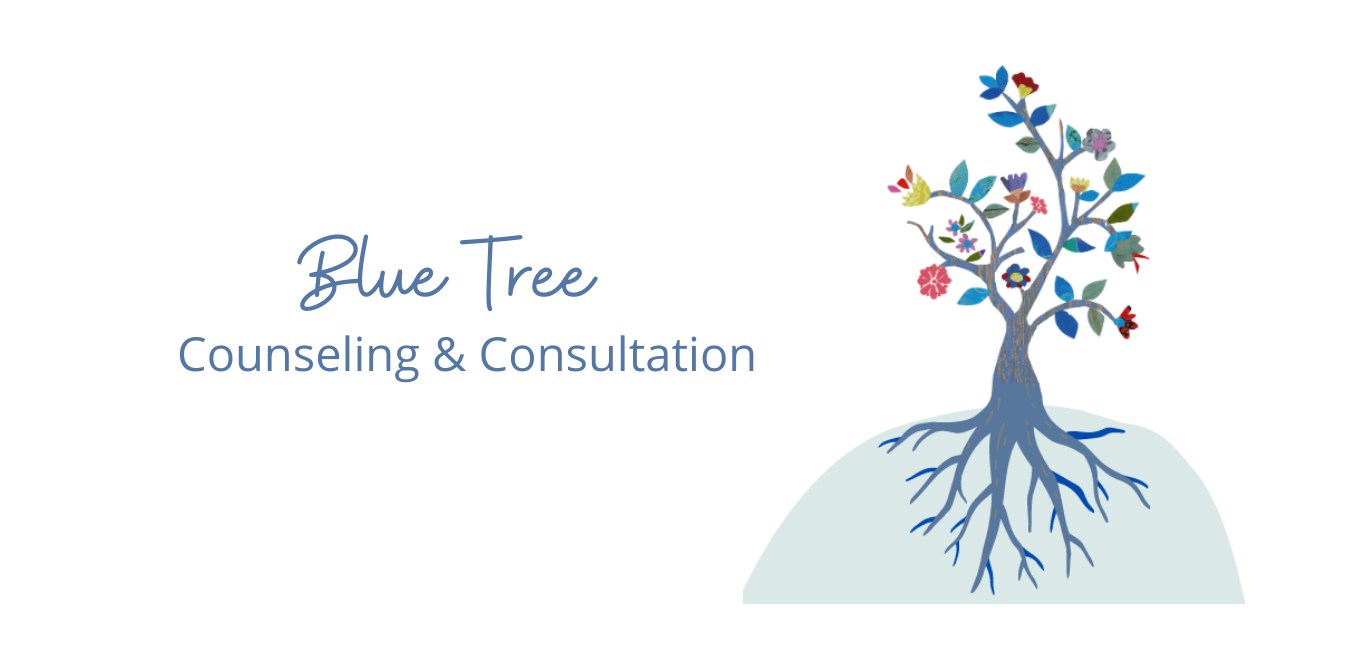Striving for balance
As an American society, we struggle to set limits for ourselves. Our culture highlights “easy extremes” as being the solution to solve all of our problems. With fast food restaurants promising to fill bellies for an affordable price with very little inconvenience, to weight loss with simply taking a pill without having to work up a sweat or sacrifice your favorite foods, and the traditional American work ethic of working more and more and MORE hours in order to attain our “dream”, it’s clear that we are struggling to maintain balance as a society. Any solution proposed as totally omitting anything is not only unrealistic, but potentially dangerous to our mental and physical health. With the COVID-19 pandemic, mass industries and infrastructures shutting down, continued social distancing practices, it is more important than ever that we are consciously making decisions that create as much balance as possible in our daily lives.
Limit Setting
Any person who spends time around children will tell you the value of setting limits. Limit setting allows for children to still feel heard as they are getting to spend time doing something that they enjoy, for a set amount of time. However, as the adults, we are often the ones that have to manage the consequences of this behavior as they are not always motivated to adhere to the limit. Say for instance, you are recognizing that your 7 year old son really enjoys his tablet, and would quite literally spend all day on it if you let him. While this makes household duties a breeze because you’re able to get so much done while he plays on his tablet, when you ask him to get off he flips his lid. Screaming, refusing, name calling, and the battle rages on.
Now you have some choices as the adult: continue to allow this behavior so you can get your duties done, take the tablet away all together because of the meltdown, or have a discussion about a time limit (using a timer) the next day when you’re both calm.
By having a discussion, you include your child in the process of establishing the limit, which already decreases the likelihood of another tantrum. They feel that their opinion is valued and are more likely to comply. With the use of a timer (whether on the device using a lock system or a standard kitchen timer) it helps take the burden off the parent. The child perceives the timer as “the bad guy” rather than you. Frustration might still be expressed at this point, but it will no longer be solely directed at you.
As adults, we benefit from having limits too. Has there ever been a time when your child has blatantly asked you to put down your phone? Or your partner complained that you spend too much time responding to work emails after hours? While technology has offered us the opportunity to do so many brilliant things, all from the convenience of home, it has become problematic for relationships. The same concept can be applied here: by setting timers on your phone, it will shut down certain apps after so many minutes of use. You could also try putting your phone in a designated place when you are spending family time. Talk to the people around you to see what would work best for you and your particular situation.
Making Small Changes Over Time
The other day, I was having a conversation with another mom about clean eating. We were discussing all of the conflicting information that was out there about organic food vs. buying local, cage free eggs vs. free range eggs vs. pasture raised eggs, and full fat vs. reduced fat vs. fat free dairy products-- our heads were spinning! We both left the conversation feeling as if there was no good choice, and we had failed our children as moms by feeding them poison*. (Not literal poison, of course.)
Again, this is “extreme” thinking. Her and I are both wonderful mothers who are doing our best day-in and day-out. Unless we are wealthy enough to have a personal shopper and a personal chef at home (ha!), this is simply unrealistic thinking. Not only that, but there would be an absolute uprising at my house if I told my kids that they were NEVER allowed to have McDonald’s ever again.
We are human. We do our best but sometimes we get busy, have a bad day, get sick, or burn dinner and that’s when pizza delivery saves the day. However, there are actions we can control. To have a day planned out with a list of things we need from the grocery store and arrange a way to get the food to us (thanks to COVID, grocery stores in our area are offering a wide variety of ways for you to get your food). Having a list of handy go-to recipes has never been easier with the internet. Maybe you’re used to preparing two meals at home every week, and you could increase it to four? Maybe you’re realizing how long it’s actually been since you ate a vegetable, and you need to do a better job of having a bag of salad mix on hand? All of these small changes over time, if implemented slowly and with success can give you a better sense of balance. Small, measurable goals are key.
Replacing Unhealthy Behaviors for Healthy Choices
According to the Bureau of Labor Statistics, the largest labor industry in America is office and administrative support. These are sedentary jobs that offer very little in terms of physical movement and exertion. Again, while technology is a beautiful and convenient thing, it has grown so much and so quickly that our physical biology has not been able to catch up so we are suffering painful consequences. Obesity, mental health disorders such as depression and anxiety, physical disorders and increased injury that require medical intervention… the impacts are devastating. If you are a member of the workforce that has a sedentary job, and if that job is full time, there are some great (and easy!) choices that you could make to replace some of the unhealthy behavior unintentionally caused by your occupation.
For instance, if you take your break at your desk but instead of being on your company’s network, you choose to go on social media and scroll for 15 minutes while eating your snack, you are still intaking information rather than processing. Instead, by stepping away from your desk to go on a brief walk, talk to coworkers, play with your dog (if you’re working from home!) not only give your eyes a break, but also your brain a break too. Exercise, socialization and interacting with animals all are shown to have therapeutic and regulating benefits. These healthy choices will help fuel you for the rest of your work day while improving your mood and focus.
When Big Changes are Necessary for Balance
Now, with all of that said, the area of substance abuse (to include alcohol and gambling) and self harming behavior (both non suicidal and suicidal) are areas that are exceptions in the strive for balance. A true alcoholic cannot limit the amount of alcohol s/he consumes and research shows that self harming behavior is just as addictive. While these are definitely problematic and potentially dangerous behaviors, to simply ask someone to stop doing these things will not lead to any long term success.
In Cognitive Behavioral Therapy, and most other behavioral therapy approaches, you cannot simply STOP a behavior without a START behavior, or replacement behavior, and expect the person to be successful. In the case of drug addiction, most people who are successful in their recovery use a 12 Step Program similar Narcotics Anonymous. These programs offer a structured approach to recovery while incorporating elements of peer support and spirituality. With these specific elements, it assists the person new to recovery to develop new sober friendships, feel part of a community, establish healthy routines such as meetings and reflection times, while also being held accountable. Paired with individual therapy, the person affected has a better chance of maintaining their recovery for an extended period of time.
To find out more about alcohol and substance abuse recovery:
Alcoholics Anonymous: https://www.aa.org
Narcotics Anonymous: https://www.na.org
Unity Point, Robert Young Substance Abuse Treatment: https://www.unitypoint.org/quadcities/robert-young-center-home.aspx
In Conclusion
Finding balance is easier for some than it is for others. Personal circumstances and changes have a way of impacting everything in our lives. The intention of this post is to bring awareness to the maintenance and function of the people who are at a stable point in their lives. A person who is in crisis isn’t necessarily focused on finding balance because they are just trying to get their basic needs met.
However, if you’re feeling like you’ve got a pretty good handle on life at this given moment, I would encourage you to take a look at your life, your day, your home, and look to see what is off balance. Are there things that you need to set limits around? Are there small changes that you could make to improve your life? And if you’re not feeling well mentally or physically, what things could you stop doing and what could you replace them with?
Balance is the key to everything.
What we do, think, say, eat, feel,
they all require awareness
and through this awareness
we can grow.
-Koi Fresco
I hope everyone that this post reaches realizes that I acknowledge that you are trying your best and commend you for wanting to live a better life.

